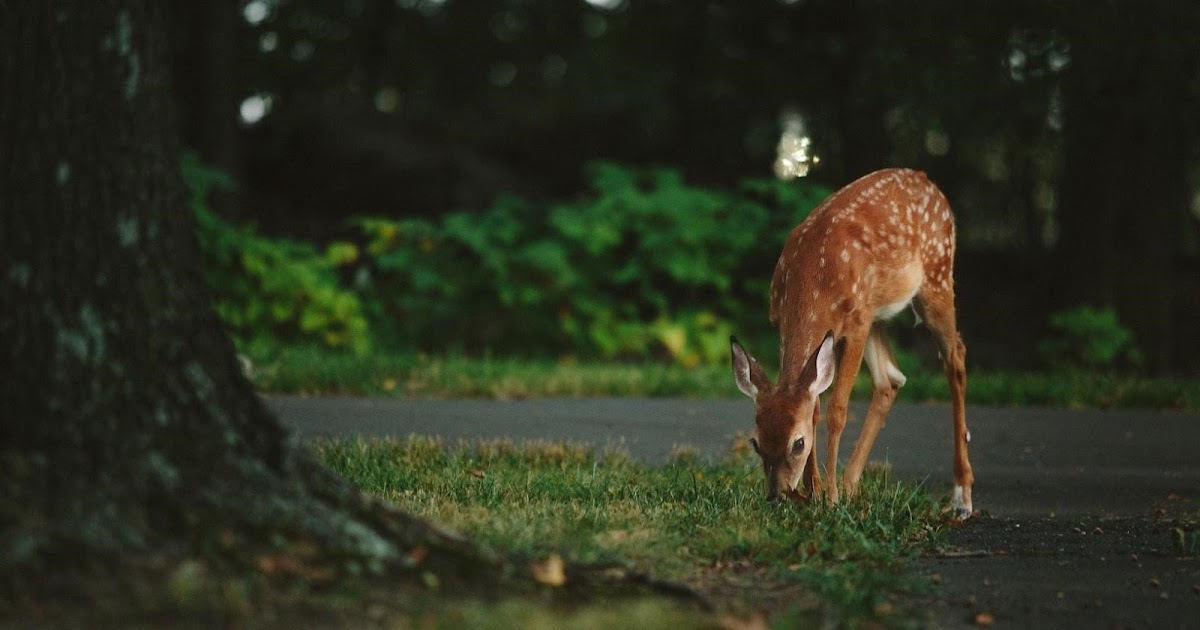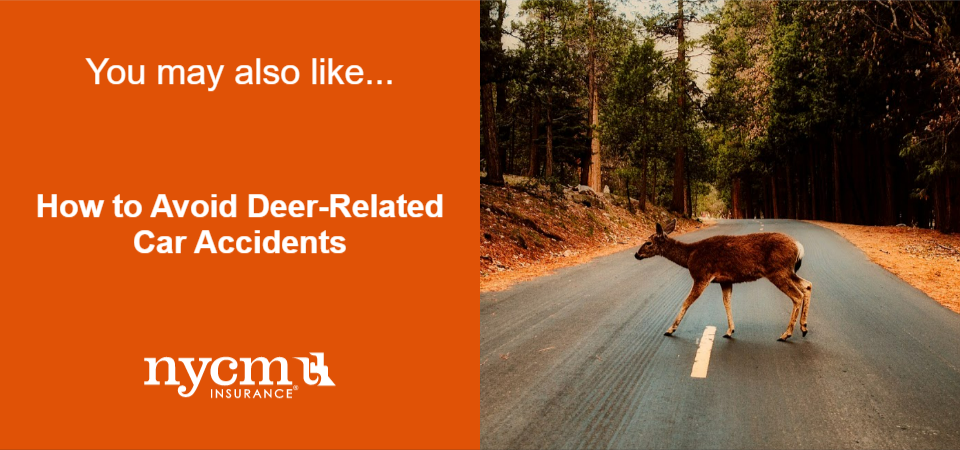Creative Ways to Deter Deer at Home

After working through the summer to get the
perfect landscape with bushes and shrubs, there is still preparation to be done
to protect them from the growing population of deer in New York State.
We have put together a list of ways to help you save your shrubbery from those
pesky deer this winter season:
1. Put Up a Fence
Putting up a fence is one of the most surefire
ways to protect your garden and shrubbery from deer. Using metal fence posts,
rolled fencing, and zip ties, you can create a great solution that is easy to
tear down come spring, if you wish to remove it. Consider the terrain of your
property and use your best judgment when deciding the height of your fence. For
example, if your shrubbery is near an incline or anything else a deer could use
to jump over your fence, you may want to consider making it higher. Be sure
that your posts are staked into the ground a few inches and are sturdy enough
to support the weight of the rolled fencing, as well as any wildlife that might attempt to run through it.
Be wary: as the ground thaws and refreezes, it can cause your fence to shift,
especially if the stakes are not deep enough in earth, so you’ll want to check
your fence often to protect your plants.
2. Auditory Deterrents
Deer are very easily spooked, which makes
deterring them easier. Be creative with different ways of making noises that
deer aren’t familiar with to scare them away from your property. Things like
strung up recycled cans, windchimes, or even pie tins
can do a great job of creating sounds that will have deer running for the
hills. Pro Tip: You’ll want to change up your methods as the weeks pass. Deer
are also notorious for overcoming their fears, so be ready to bring in the
windchime you’ve been using and put out the leftover pie tins from the holidays.
3. Visual Deterrents
Get ready for plenty of “deer in headlights”
with this next tip! Similar to auditory deterrents, visual deterrents like
motion sensor lights, streamers, and mirrors can be used to startle a deer away
from your shrubbery. A scarecrow can also be a fun addition to your lawn while
still keeping the deer suspicious enough to avoid acquainting themselves with
your shrubs. Like with your auditory deterrents, you’re going to want to change the location of your visual deterrents
regularly if you can, to keep the deer on their hooves.
4. Odor Deterrents
Much like us, deer steer clear of any pungent
smells foreign to their environment, especially when it is near a food
source. You can buy deer repellent from the store, but there are also some
great at-home hacks to keep their sniffers out of your yard. Soap shavings,
crushed up garlic, hot sauce, and moth balls are just a few items you likely
have in your home that can work beautifully. Simply scatter these items around
your bushes, trees and anything else the deer like to go after. Make sure you rotate and replace these odors every few days
to keep things nice and fresh for our furry friends.
How Can
I Help Deer in the Winter?
While we’ve talked a lot about how to protect
your bushes from becoming a deer’s breakfast, you might be wondering how you
can help them during the harsh winter months. It’s important to note that it is
illegal to intentionally feed wild deer
in New York State. According to the New
York State Department of Environmental Conservation, feeding of white-tailed deer can cause unnatural concentrations near
that food source, leading to ecological damage, damage to property, and an
increased risk of transmission of disease between deer.
Rest assured, deer have natural ways of survival in the winter months, without
using your shrubbery as their main food source. The
best way to help deer through winter is to improve the quality of their summer
and fall habitat and natural food sources. By maintaining your property and
cutting down fallen, dead, or unwanted trees and brush in the warmer months,
you can leave the tops for deer to munch on in the colder months and keep the
trunks for firewood.
While all of these methods can be effective at
deterring deer from your shrubbery, a combination of the steps can make it a
sure thing. By implementing a fence sturdy enough to stand the test of time and
high enough to prevent deer from crossing, you can ensure
your shrubs will flourish, free of any deer related damage. Using a combination
of auditory, visual, and odor deterrents as well can help to keep deer too suspicious to investigate your bushes.
Now that you have secured your home from deer,
it’s time to start thinking about how to avoid deer related car accidents!
Click the link below for tips on how to avoid deer-related car accidents.








